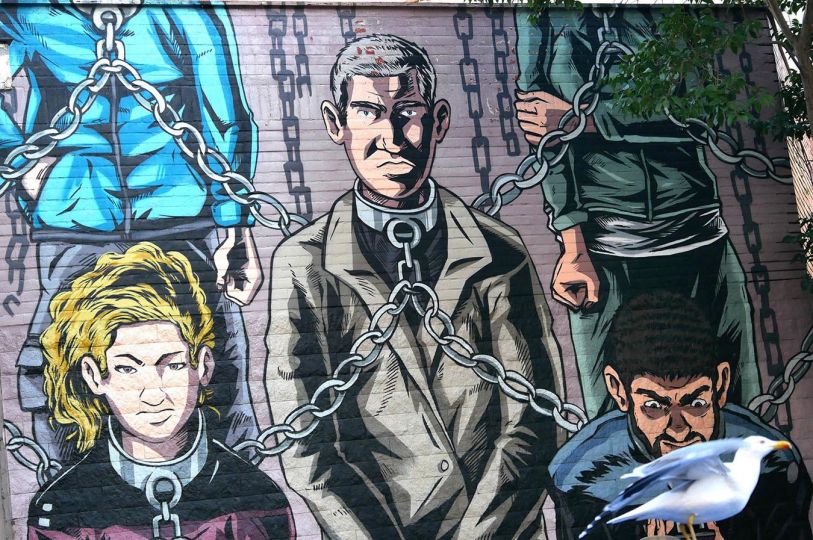Palermo, to life and death
The Fondazione Merz honors the Sicilian capital through the eyes of five photographers from the island: Enzo Sellerio, Letizia Battaglia, Franco Zecchin, Fabio Sgroi and Lia Pasqualino.
The exhibition Palermo, my love retraces the turbulent history of this warm-blooded city, from the 1950s until 1992, a period marked by the post-war rural exodus, severe poverty, as well as an intensification of mafia violence, culminating in the assassination of judges Giovanni Falcone and Paolo Borsellino.
The first room is dedicated to the dean of the group, Enzo Sellerio (1924-2012), one of the great voices of Italian documentary photography, who for half a century has created a rich portrait of Sicily. His shots of Palermitan daily life are marked by great formal elegance and a taste for the comical moments of the decisive moment. A certain social criticism also emerges from his work, which has endeavored to denounce the severe poverty of the island populations, in images evoking American documentary photography of the 1930s.
Further on, Letizia Battaglia (1935-2022) and Franco Zecchin (born in 1953) represent more frontally the deleterious social situation of the city. As families pile into dilapidated apartments, images of lifeless bodies bathing in pools of blood, families in tears accompanying the coffin of a loved one. The two photographers also immerse us with poetry in the daily life of the city. Letizia Battaglia shows a fascination for the gaze, more particularly of women and young girls, which she catches on the spot in the street or indoors. Franco Zecchin captures the beauty and energy of folk celebrations.
The couple is very committed to the influence of photography in southern Italy. In 1977, they created Il laboratorio d’If, the first cultural center for photography in the region, offering training to photographers and reporters in Palermo. Letizia Battaglia and Franco Zecchin were also involved with the populations, in particular the patients of the psychiatric hospital of Palermo for whom they organized photographic workshops.
Both students of Battaglia and Zecchin, Fabio Sgroi (born in 1965) and Lia Pasqualino are witnesses of Palermo’s desire for rebirth. They show a youth in turmoil manifesting during the day and finding a nocturnal outlet in avant-garde theater or punk parties.
An excellent scenography creates a dialogue between these images, carefully selected by Valentina Greco and compared with the press of the time, revealing in particular the feminist commitment of Letizia Battaglia. The absence of cartels on the walls gives the impression of a unique look at Palermo and encourages the visitor to fully immerse themselves in this beautiful visual love letter to the Sicilian capital.
Zoé Isle de Beauchaine
















